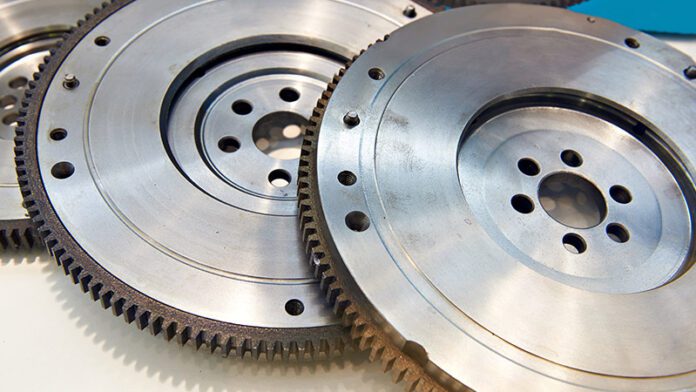Fly wheels are mechanical devices that store energy. They can be made of various materials, such as high-strength steel and composites.
They can be lightened to reduce their weight, which allows them to spin more freely under the engine’s power.
They store energy
Fly wheels store energy by converting electric power into kinetic energy through a motor spinning a rotor. This kinetic energy can then be recovered and converted back to electric power when needed.
The energy storage capacity of a fly wheel is determined by the size and geometry of its rotor, the material used to manufacture it and its operating speed. By optimising these factors, you can enhance both performance and energy storage efficiency.
For instance, carbon fibre-infused rotors can be spun at high speeds to maximise stored energy. This allows flywheels to store more power than comparable-sized steel wheels which are only capable of spinning at low speeds.
Flywheels can also help to smooth out short-term fluctuations in power, enabling hybrid power systems to control their electrical energy flow. In this way, flywheels help address the intermittent nature of wind and solar energy sources.
They spin faster
A fly wheel is a mechanical system that stores rotational energy. They’re often employed in power storage applications like on gas-pumping engines or solar-powered space stations.
Speed increases the energy storage capacity of a wheel. The higher its moment of inertia (moI) or bulkier design allows it to store more stored energy than slower spinning counterparts.
Additionally, the faster a flywheel is spun, the greater its power output. That is why using an ultra-high speed flywheel is always recommended.
High-speed flywheels have the advantage of lasting longer than other energy storage devices, which is particularly advantageous to NASA which relies on them to charge and discharge its solar-powered space station.
They are lighter
The lighter your flywheel, the less energy it needs to accelerate your engine. That means your motor doesn’t have to exert as much force on other components of the vehicle in order to get going; thus, it can rev faster and distribute more power directly to the wheels.
According to Phoenix Friction, a lighter flywheel may cause your vehicle to stall more frequently and make the drive train noisier.
One major reason auto manufacturers opt for heavy OEM flywheels is their inertia, which prevents stalling when your car or truck is being operated under heavy loads like towing a trailer.
A lightweight flywheel can increase a vehicle’s torque, which is useful when trying to break traction in tight corners or accelerate off the line during racing. Unfortunately, this also results in decreased horsepower as your engine’s inertia decreases; horsepower is calculated based on torque rather than weight.
They are more expensive
Fly wheels store energy that we lose when we brake, and can be found in potters wheels, industrial machinery and even cars to help break systems down.
Since the Neolithic era, pistons have been an essential part of cars’ drive trains to keep engines running smoothly. Not only that, but their role in power delivery also gives you a noticeable acceleration boost when starting from a standstill.
Fly wheels can be expensive! They require regular upkeep and may only have a short lifespan.
Proponents of the technology claim they are cheaper and lighter than gasoline-electric hybrids, while also avoiding any environmental problems caused by batteries such as toxic chemicals or exotic minerals. On the other hand, detractors point out they only provide short-term high energy bursts without having the long-term storage potential of batteries – meaning they cannot compete with batteries when it comes to extending an electric vehicle’s range.
